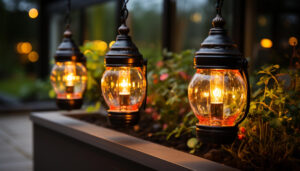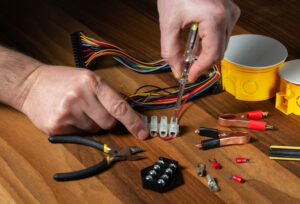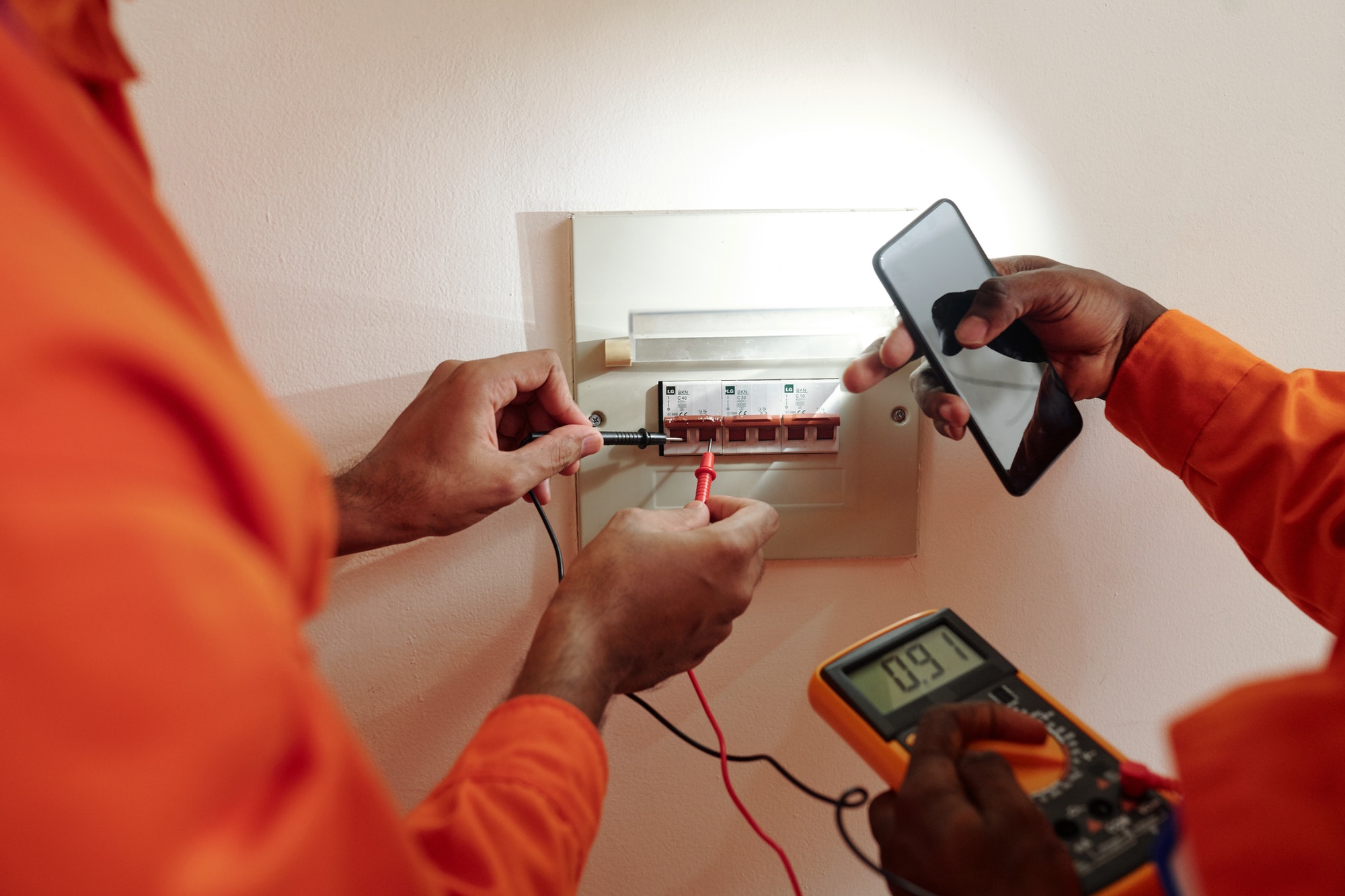Light switches and dimmer switches are essential components of a home’s lighting system. While they typically operate without issue, occasional problems can arise, causing frustration and inconvenience. Understanding how to troubleshoot these issues can save time and potentially avoid the cost of hiring an electrician. Here are some common problems and tips for homeowners to troubleshoot their light switches and dimmer switches effectively.
Common Light Switch Problems and Solutions
- Light Switch Not Working
- Problem: The light doesn’t turn on when the switch is flipped.
- Solution: First, check if the bulb is burnt out and replace it if necessary. If the bulb is not the issue, check the circuit breaker to ensure it hasn’t tripped. If the breaker is fine, the switch itself may be faulty. Turn off the power at the circuit breaker and use a voltage tester to ensure the power is off. Then, remove the switch cover and check for loose or disconnected wires. Tighten any loose connections or replace the switch if needed.
- Light Flickering
- Problem: The light flickers when the switch is turned on.
- Solution: Flickering lights can be caused by loose connections, a faulty bulb, or issues with the switch itself. Start by tightening the bulb to ensure it is securely in the socket. If the flickering persists, check the wiring connections behind the switch. If the connections are secure and the problem continues, consider replacing the switch.
- Switch Making Noise
- Problem: The light switch makes a buzzing or humming noise.
- Solution: A noisy switch can indicate a loose connection or a problem with the switch mechanism. Turn off the power and check the wiring connections behind the switch. If the noise persists after tightening the connections, replace the switch with a new one.
Common Dimmer Switch Problems and Solutions
- Dimmer Switch Not Dimming Properly
- Problem: The light does not dim or only dims slightly.
- Solution: Ensure that the bulbs being used are compatible with the dimmer switch. Not all bulbs are dimmable, and using non-dimmable bulbs with a dimmer switch can cause issues. If the bulbs are compatible, check the wiring connections and ensure they are secure. If the problem persists, the dimmer switch may be faulty and need replacement.
- Lights Flickering with Dimmer Switch
- Problem: The lights flicker when using the dimmer switch.
- Solution: Flickering can occur if the dimmer switch is incompatible with the type of bulbs being used. Ensure that the dimmer switch and bulbs are compatible. LED bulbs, in particular, require compatible dimmers. If compatibility is not the issue, check the wiring connections and tighten any loose connections. If the flickering continues, the dimmer switch may need to be replaced with one that is specifically designed for the type of bulbs in use.
- Dimmer Switch Getting Hot
- Problem: The dimmer switch becomes hot to the touch.
- Solution: It is normal for dimmer switches to generate some heat, but they should not become excessively hot. Ensure that the dimmer switch is rated for the total wattage of the bulbs it controls. If the total wattage exceeds the switch’s rating, replace the dimmer with a higher-rated model. Additionally, check for loose wiring connections, as they can cause overheating. If the switch remains hot after addressing these issues, consider consulting an electrician.
General Troubleshooting Tips
- Safety First: Always turn off the power at the circuit breaker before working on any electrical switch. Use a voltage tester to confirm that the power is off.
- Use Proper Tools: Ensure you have the right tools, such as a screwdriver, wire strippers, and a voltage tester. Using the correct tools can make the troubleshooting process easier and safer.
- Label Wires: When removing a switch, label the wires to ensure they are reconnected correctly. This can prevent wiring mistakes that could cause further issues.
- Consult an Electrician: If you are unsure about any step or if the problem persists after troubleshooting, consult a licensed electrician. Electrical work can be dangerous, and it’s important to ensure that repairs are done safely and correctly.
Conclusion
Troubleshooting light switch and dimmer switch problems can be straightforward with the right approach and tools. By following these tips, homeowners can address common issues and maintain a functional and safe lighting system in their homes. Remember, safety is paramount, and when in doubt, seek professional assistance to avoid electrical hazards.






